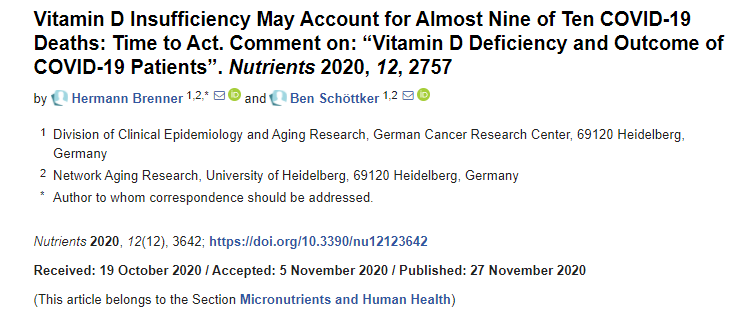I’ve talked a lot about the importance of having a Vitamin-D-OH level of at least 30 ng/ml for wound healing. The majority of my patients with non-healing wounds have Vitamin D-OH levels less than 30 ng/ml, even though most of them are taking supplemental vitamin D.
- https://carolinefifemd.com/2018/01/23/dont-miss-this-the-vitamin-d-deficiency-epidemic-and-yes-that-is-a-pulsating-dorsalis-pedis-artery/
- https://carolinefifemd.com/2019/04/15/wound-whisperer-shhhh-my-secret-treatment-for-a-surgical-wound-dehiscence/
- https://carolinefifemd.com/2017/09/07/food-as-medicine-part-4/
Patients nearly always ask me why their D level would be low when they are taking a D supplement. Ignoring for a moment the importance of sunlight in the complex metabolism of Vitamin D, particularly when D2 is the supplement, it appears that the Institute of Medicine made a mistake in calculating the Recommended Daily Allowance (RDA) for Vitamin D and because IOMs published recommendations are wrong, we probably are not taking enough.
The IOM recommendation is 600 IU per day up to age 70 (and 800 IU per day thereafter). However, this article explains that when Canadian statisticians reviewed the same studies evaluated by the IOM, they concluded that to ensure 97.5% of the population would have a value of at least 20 ng/mL, the daily Vitamin requirement would be more than ten times that amount or 8,895 IU per day. In other words, part of the reason our patients have low Vitamin D levels is that we just aren’t taking enough.
Wound healing isn’t the only thing that may be affected by insufficient levels of Vitamin D. Now there’s data suggesting that insufficient Vitamin D levels are a powerful contributor to death from COVID-19. While it is possible to overdose on Vitamin D, most of the patients we see are far more likely to have levels too low than too high, and it’s easy enough to check with a blood test. In any case, I decided to increase the dose of my daily supplement.

Dr. Fife is a world renowned wound care physician dedicated to improving patient outcomes through quality driven care. Please visit my blog at CarolineFifeMD.com and my Youtube channel at https://www.youtube.com/c/carolinefifemd/videos
The opinions, comments, and content expressed or implied in my statements are solely my own and do not necessarily reflect the position or views of Intellicure or any of the boards on which I serve.



